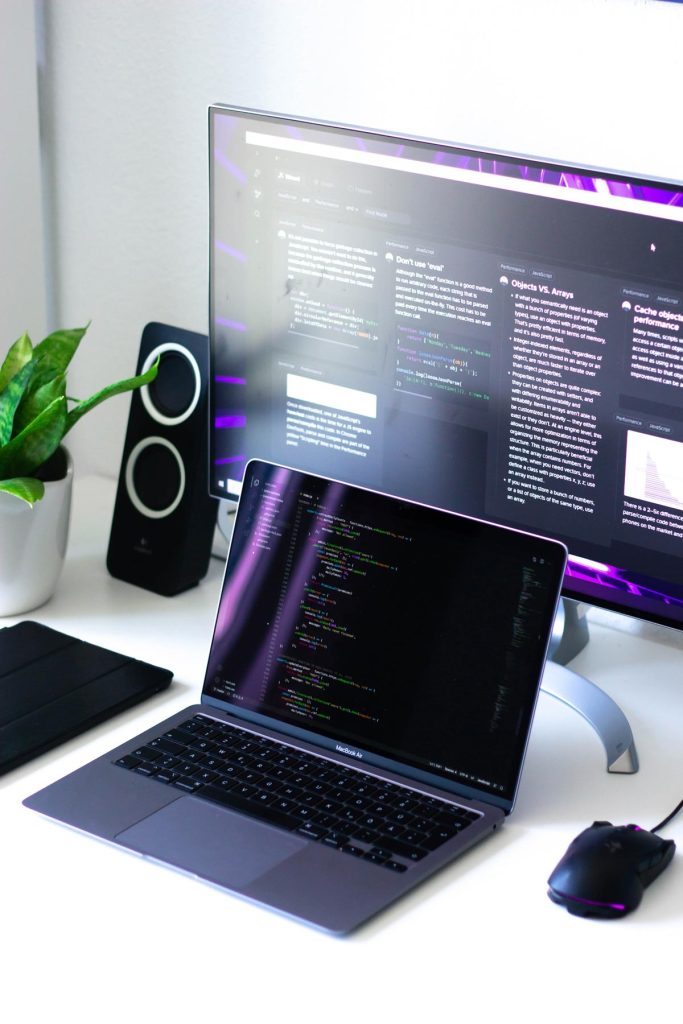Our country has a problem when it comes to older adults. Whether it’s eroding social security benefits or cost-prohibitive long-term housing, today’s seniors face numerous hurdles in maintaining their comfort and health. And as this population grows, the systemic issues they face will only become more apparent.
In this blog, we’ll highlight the growing senior population, how it may impact our healthcare system, and how technology-powered pharmacy functions can offer crucial support.
The issue: more seniors require higher acuity care
There’s a growing demographic shift in this country: the number of seniors is rising faster than any other age group. In fact, by 2040, one in five Americans will be a senior citizen.
But the sheer number of seniors isn’t the only reason healthcare providers and senior living communities are preparing and bracing for impact.
Today, approximately 85 percent of older adults have one chronic condition. Sixty percent have at least two. And as we know, COVID-19 infections accelerated, and even developed, chronic illnesses in older adults.
All this is to say: the incoming “silver tsunami” isn’t just a phenomenon that senior living leaders and caregivers need to anticipate; it’s a change that could test the strength of the American healthcare system. And without reinforcements, that system could begin to break under the pressure of seniors’ high patient acuity.
Below, we’ll detail two likely effects of this senior boom and the solutions available to providers (like our comprehensive value-based pharmacy system).
Effect #1: overstretched providers will need help administering care
Physicians are already being stretched thin by increasingly-heavy workloads. Tack on the influx of seniors needing additional care, and you’re looking at a large swath of medical professionals in dire need of assistance.
This is where a comprehensive value-based pharmacy system comes in. Rather than dealing with the administrative bloat of patient intake forms, medication reconciliation, and prior authorization themselves, physicians can hand this work off to a licensed pharmacist. More specifically, providers can hand it off to RxLive’s fractional network of pharmacists.
Tapping into this network doesn’t just take administrative tasks off physicians’ plates – it also makes use of RxLive.ai, which ingests, tracks, and runs analytics on EHR data to offer insights and guide treatment. With it, RxLive’s pharmacists can create and enhance treatment plans with greater accuracy and precision. And with a population like senior citizens that have more comorbidities than the average adult, this monitoring and consulting grows in both importance and impact.
For instance, let’s say you’re working with an older patient who lives in an independent living community. They have onsite caregivers that can track the recreational events they attend and their general wellness. But this patient still needs medical advice. And they were recently diagnosed with hypertension before being prescribed Lisinopril. But at their most recent checkup, their blood pressure remained high – unchanged.
A technology-powered pharmacist has the time to speak with the patient and understand more about their medication adherence. Have they been taking their medication regularly? At the correct dosage? If not, why?
The answers to those questions will inform next steps, whether it’s the pharmacist finding a low-cost alternative or prescribing another medication entirely.
The effect, however, remains the same: the patient receives the personalized care they need to stay healthy and out of the hospital.
Effect #2: more older patients desire telehealth tools
The primary benefit for telehealth is almost universal: it’s more convenient. You don’t have to leave the home. This means you don’t have to bring children along if you’re a working parent or ask a loved one to watch them.
Today’s and tomorrow’s older adults want this technology, too. They’re far from tech-averse. Baby Boomers have largely adopted technology, and they’ve come to expect the benefits it provides.
This convenience is heightened for older patients, particularly for those who may live in a senior living community. That’s because these patients often need to coordinate transportation with their community when traveling to offsite locations, which creates a certain logistical burden.
If seniors have any sort of chronic pain or issues with mobility, the medical appointment – and commute – can become an all-day affair. This is taxing, and it can induce stress for an elderly patient.
Some onsite visits are, of course, necessary. But telehealth relieves the logistical and emotional strain in non-emergent cases. Not only that, but Baby Boomers, like many Americans, have come to embrace and even expect it.
A virtual option helps promote medication adherence and increase access to medical care for a vulnerable population – one that will continue to grow at a rapid rate for the next couple of decades.
Effective medication management is pivotal for limiting high patient acuity
To a certain degree, higher acuity care is expected when dealing with older patients. But there are ways to manage comorbidities, limit hospitalization and other benchmarks of high patient acuity, and promote positive health outcomes for seniors.
Much of that starts with clear and effective medication management. Case in point: more than one-third of older adults take at least five prescriptions. That’s a lot for one person to manage. But technology-powered pharmacists can ease any confusion or apprehension around prescriptions by speaking directly with elderly patients and tracking their concerns, side effects, and overall health.
Over the next 20 years, integrating pharmacists more frequently into care team workflows may not just prove to be valuable; it could also emerge as a necessary tactic for improving health outcomes at scale.
Interested in learning more about the power of a comprehensive value-based pharmacy system and how it can help prepare for the growing wave of senior citizens? Reach out to us here.




